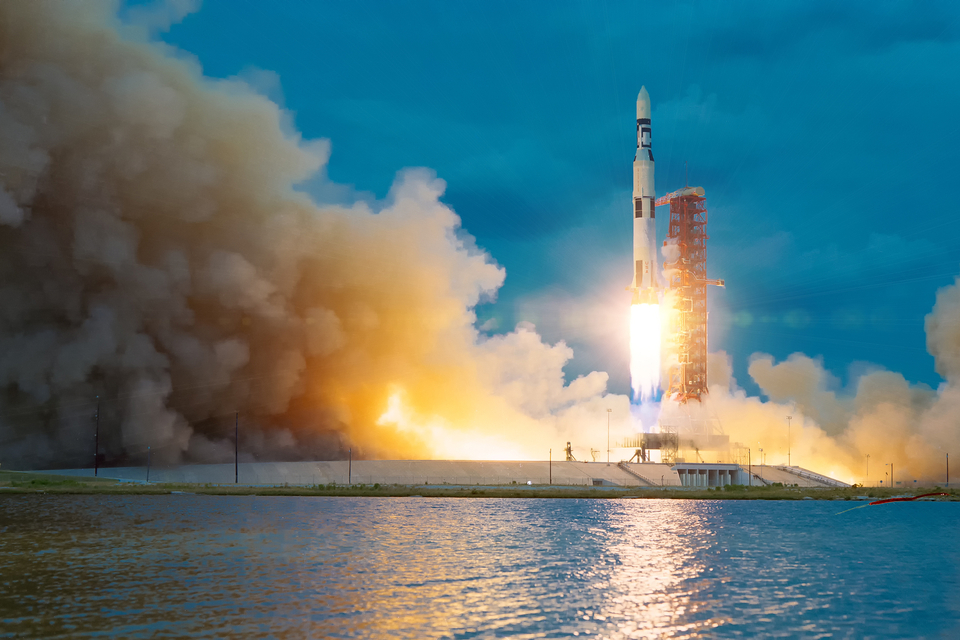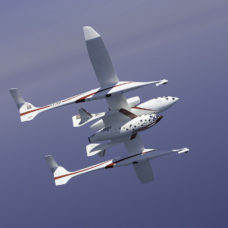SpaceX hopes to provide high-speed internet to the entire globe through its Starlink program.
So far, everything has been going according to plan. From the 42,000 satellites that’ll make up the mega-constellation, the company had already launched 422.
However, the third batch of Starlink satellites entered the Earth’s orbit earlier in the year amidst controversy.
It began last year when astronomers complained that the bright streak from the Starlink satellites was compromising their observation. This could interfere with both optical and radio astronomy, they said.
At the time, SpaceX took some significant steps to reduce its satellites’ visibility. For example, it tested an experimental darkening method on one of the spacecraft.
Now, the company is considering a more advanced approach to address the issue — it involves fitting satellites with a sun visor.
In its Twitter announcement, the company wrote:
“On this mission, we are launching the first Starlink satellite with a deployable visor to block sunlight from hitting the brightest spots of the spacecraft.”
Launching a Satellite with an Experimental Sun Visor
The fourth batch of the Starlink satellite launched into the orbit yesterday, and this brings the number to 482. But this time, the company fitted one of the spacecraft with a sun visor designed to reduce reflectivity.
Before launch, the visor packs flat against the satellite’s chassis. Then, it becomes deployed once the satellite separates from the rocket. The visor combines movement with controlled maneuvers to block sunlight from hitting the spacecraft’s body.
Yesterday’s satellite launch from Cape Canaveral was hitch-free, with the experimental VisorSat joining the other satellites in orbit. Shortly after the launch, the first stage of the Falcon 9 booster returned to SpaceX’s drone ship.
The company later confirmed that it intends to fit a similar visor on all the satellite on the ninth Starlink mission. This is expected to take place later in the month.



















Comments (0)
Most Recent